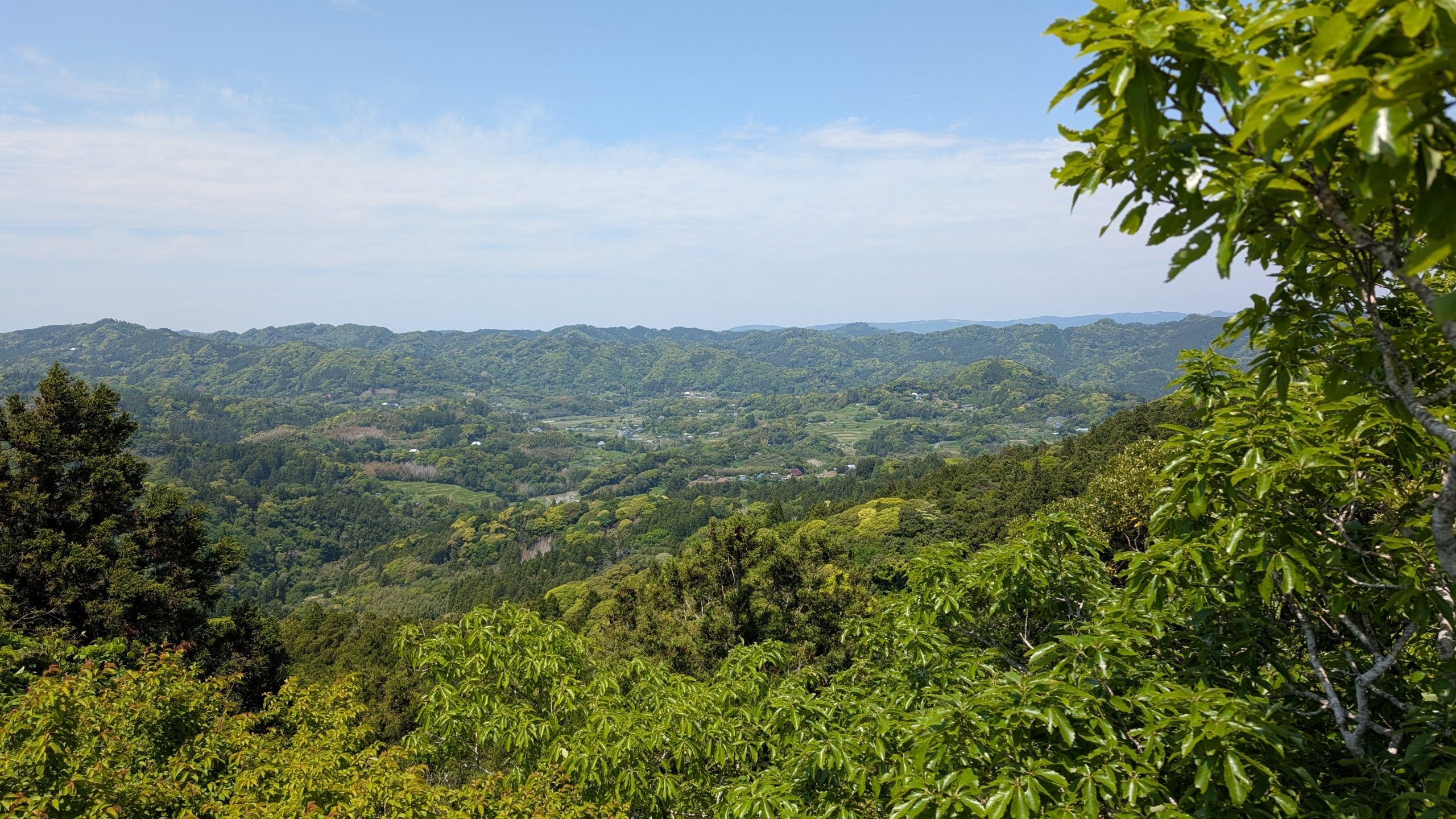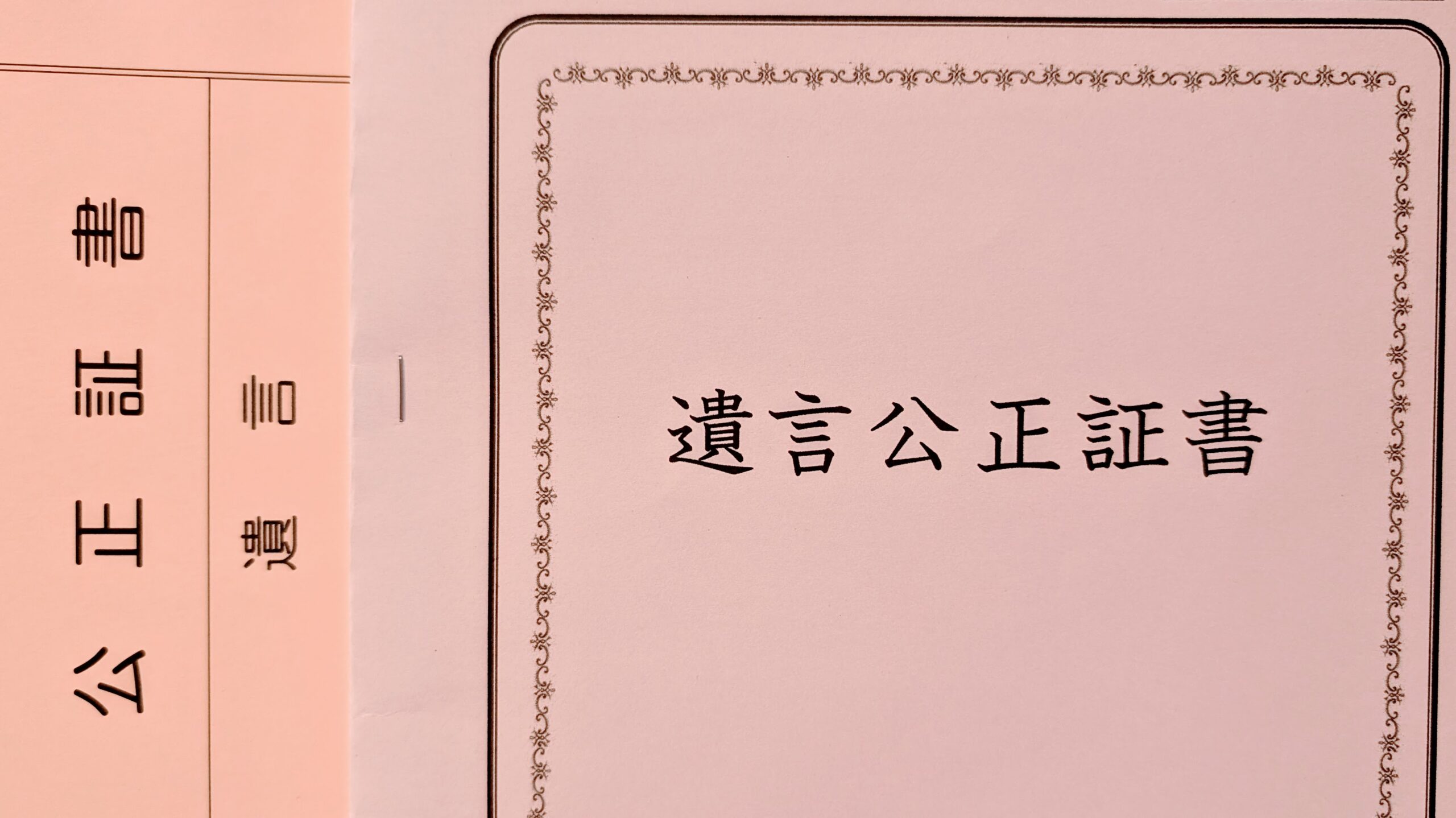This morning, I watched an Instagram Reel about shoulder pain that got me thinking. A Tokyo-based physical therapist, Sam Gilbert, demonstrated how the body increases or reduces pain depending on how you focus attention.
If you lift your arm to test the injured shoulder, your mind is focussed on the painful part and it hurts. If you lift your arm to point at something, there is less pain. The action of the hand – a purpose for the movement – moves your attention from proximal position in the body to a distal one beyond the body. This tricks your mind and helps to keep the pain at bay.
It doesn’t remove the cause of the pain. It reduces the effect.
I find this is true for me. When my heart is being wonky, if I curl up in bed and focus on the arrhythmia, I will feel terrible for hours. Or I can go to 555 and sit quietly to observe nature and sketch. When I refocus externally and give myself a purpose, the discomfort in my heart fades away – even though the arrhythmia is still there. Before long I am moving around pulling weeds, feeding the fish, or hauling rocks.
In yoga
In yoga, we also use this proximal-to-distal shift. As we form each pose, the last step is to bring our attention to an outstretched hand, belly button, the sky. This focal point is called drishti, and it allows us to keep a pose for longer. Drishti focuses the attention and distracts us from the physical challenges of balancing on one leg or holding arms outstretched or inverting our bodies.

My favorite yoga teacher, Justin Berti, used to tell us that “your mind gives up before your body does.” His words echo every time I hold plank pose. My arms start to shake and I think I am done. But if I refocus on my drishti, then I can continue much longer before I lower to the floor.
In trauma
The proximal-to-distal effect applies to mental health, too.
You will increase your pain when you draw your attention inward as you feel grief, sorrow, anger, or despair. Rumination, overthinking, and isolation are all ways of extending and amplifying the bad feelings. But if you focus your thoughts outward, the pain dissipates and gives you relief.
It’s not easy. We are told to “look inward” to fix our mental issues. That works if you have some mental elbowroom and a bit of distance from the problem. You find that space by shifting your mental attention outward with a practical physical action: cleaning or cooking; making art; joining in a group activity; or helping someone.
This inspiring Australian farmer went big and refocussed his despair by starting a charity.
So whether you are suffering a torn ligament, a weak ankle, or a broken heart, shifting focus outward reduces the cognitive aspect of your pain and allows you to move towards improving the underlying issue.






